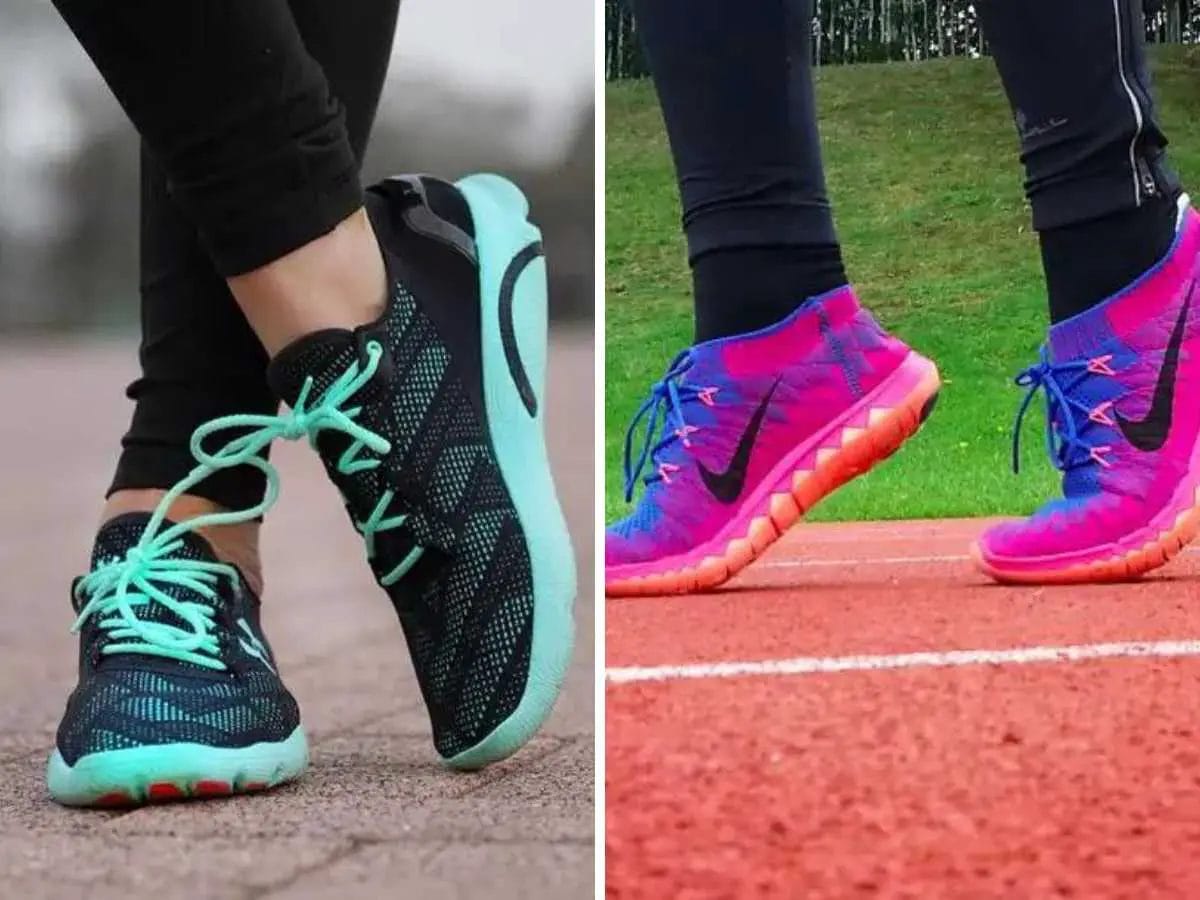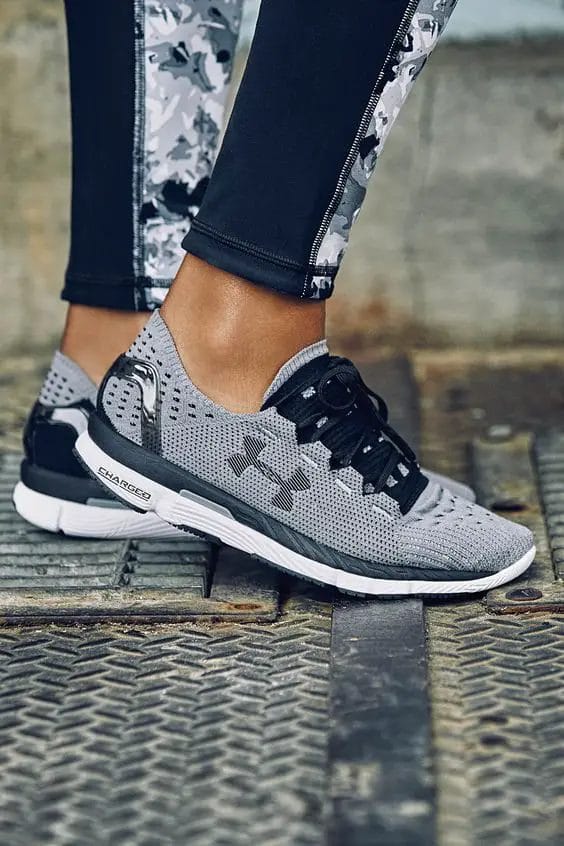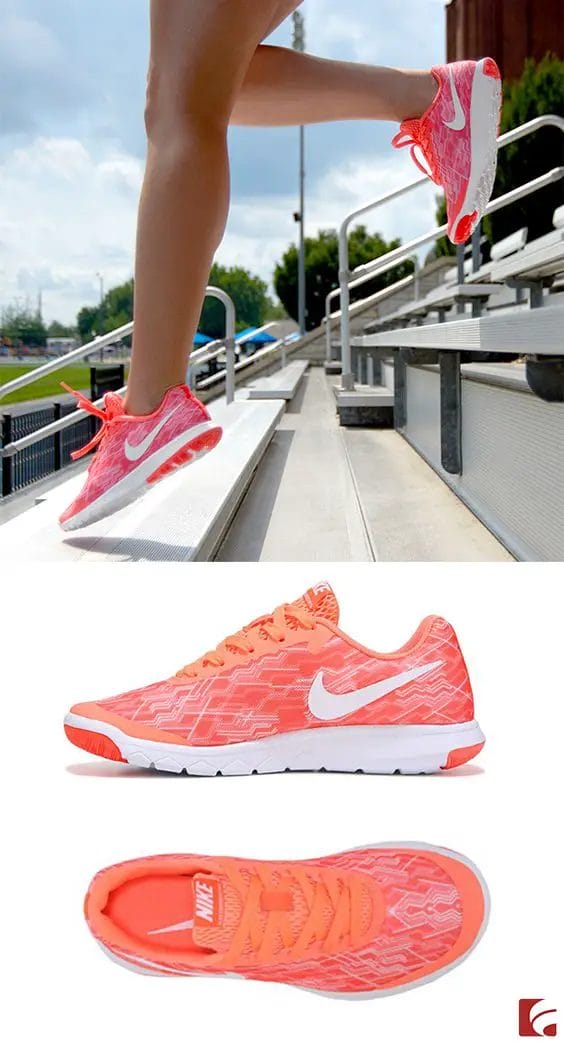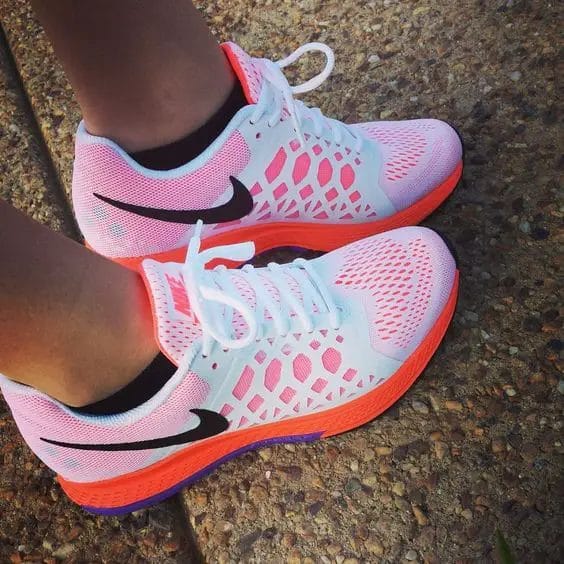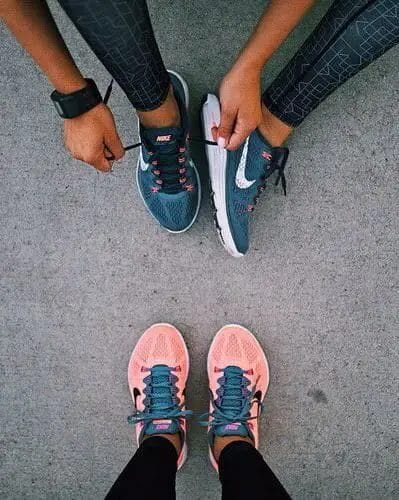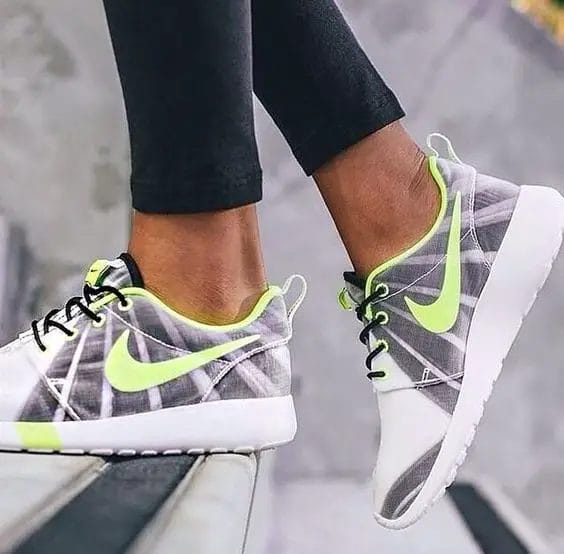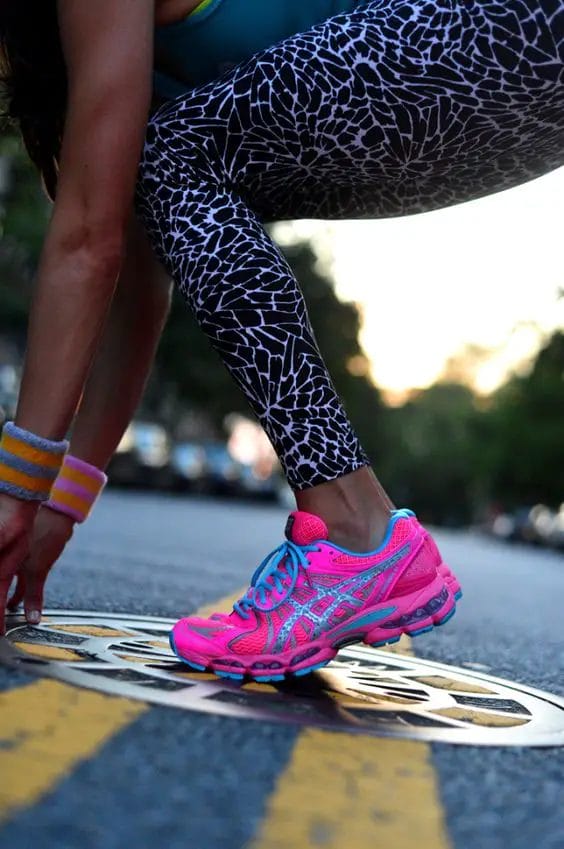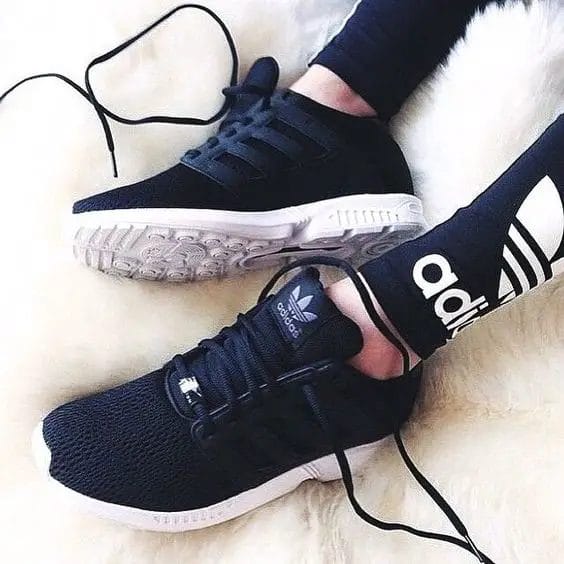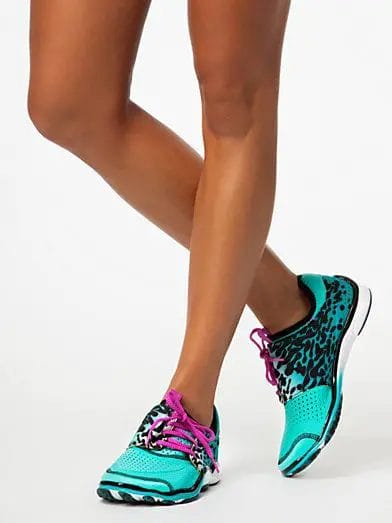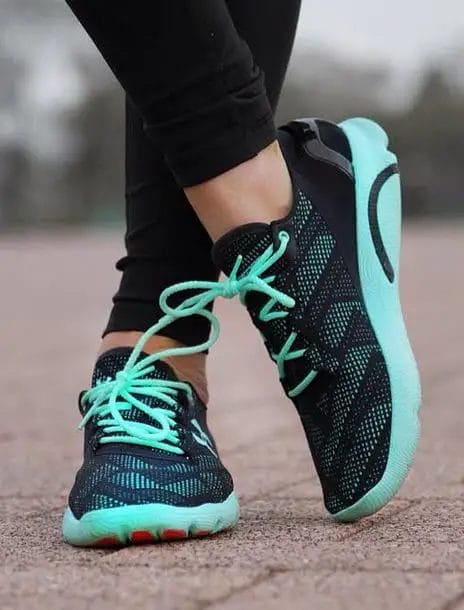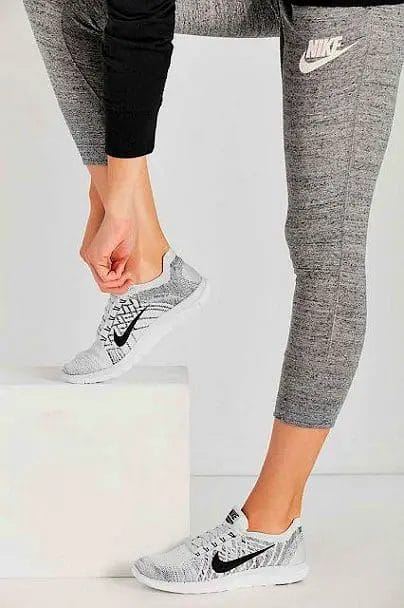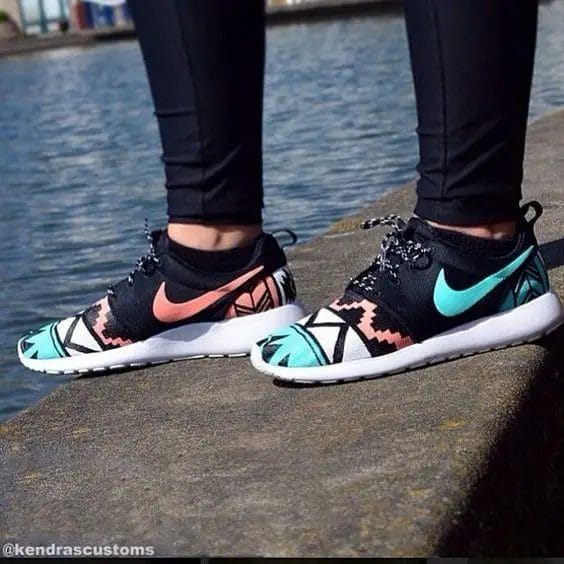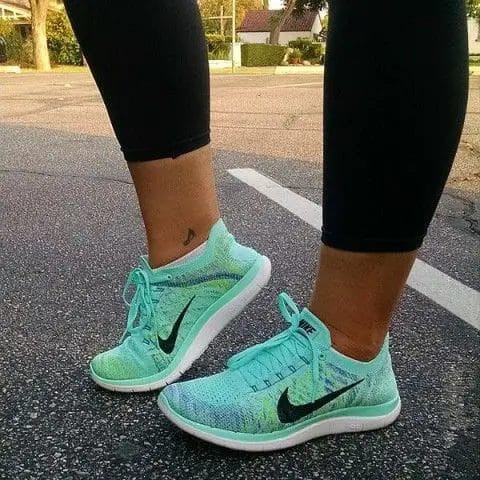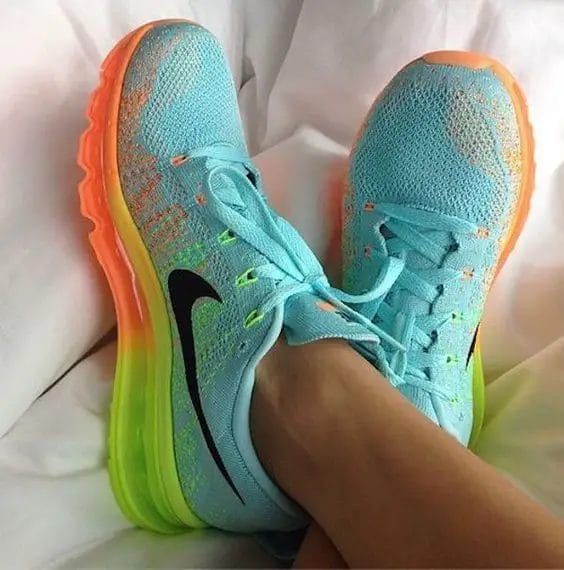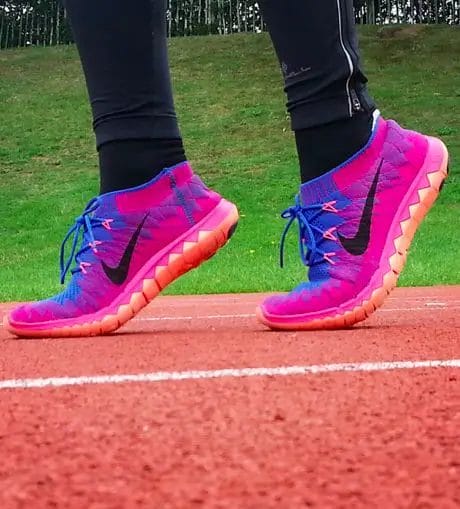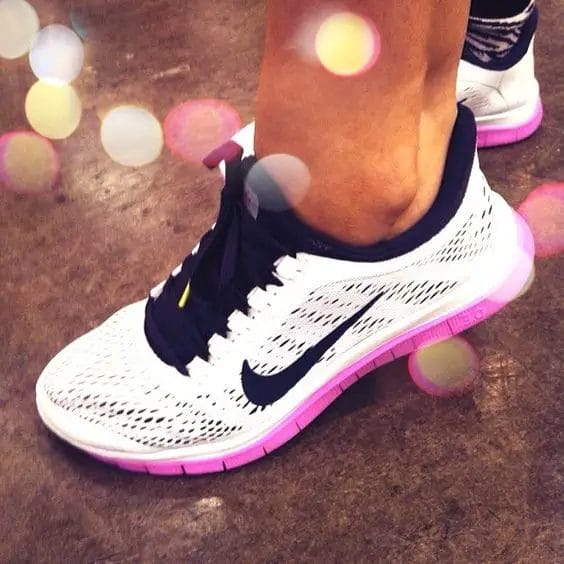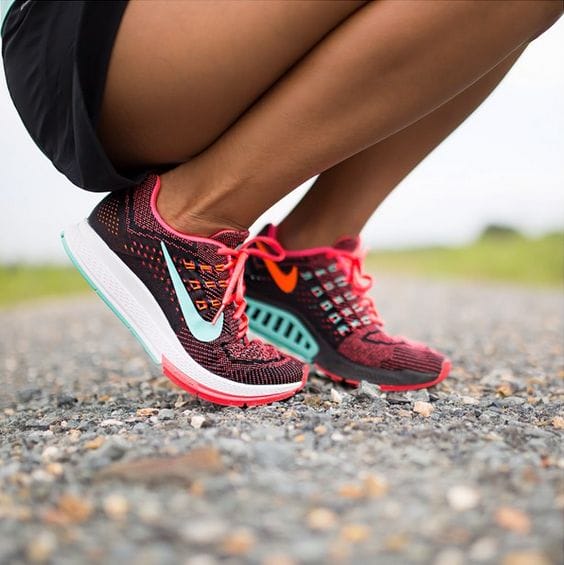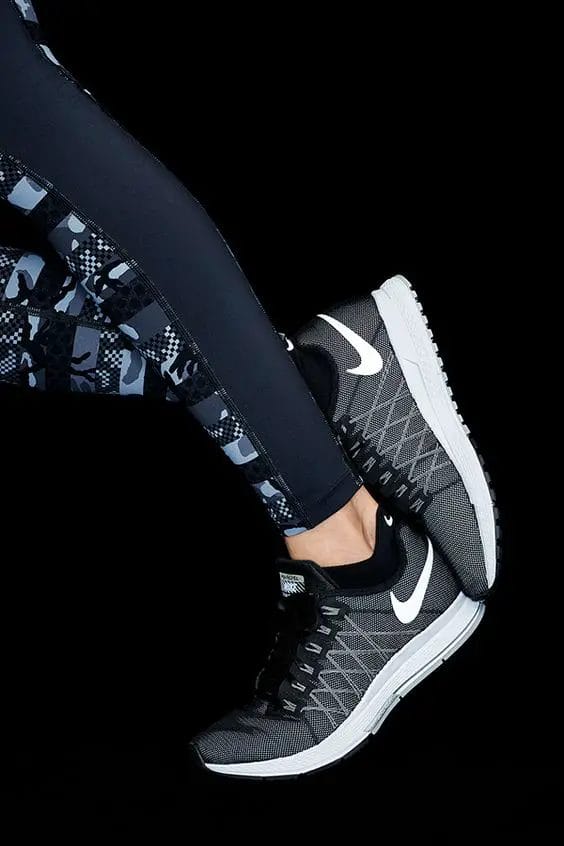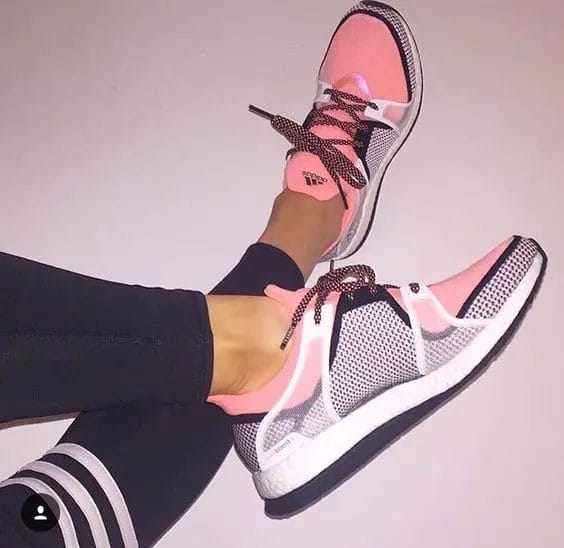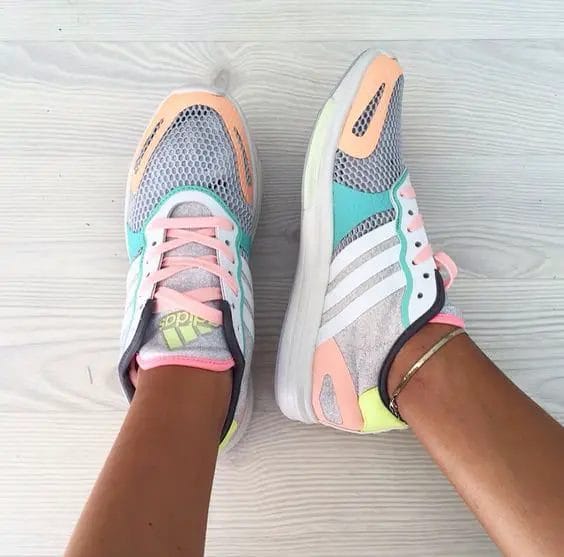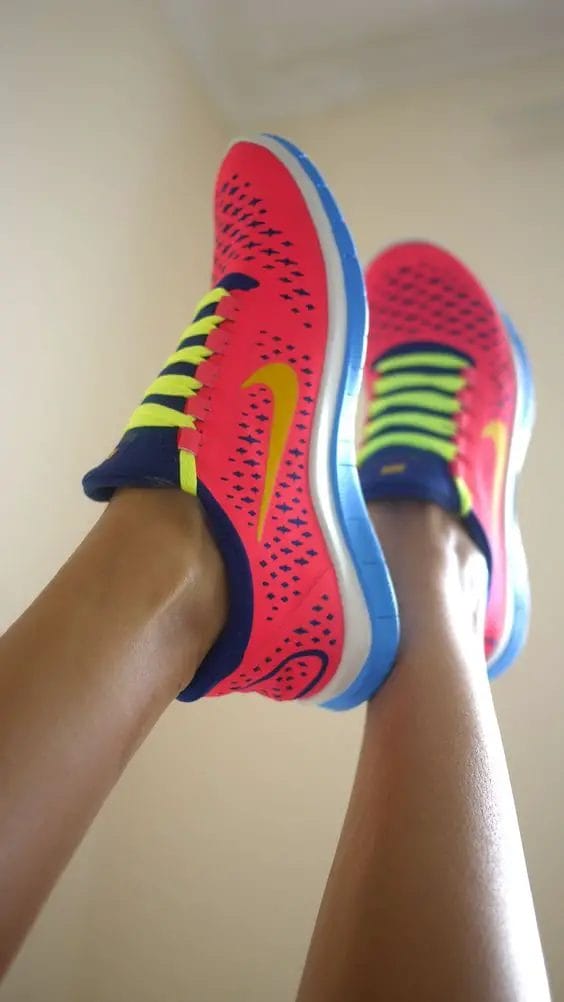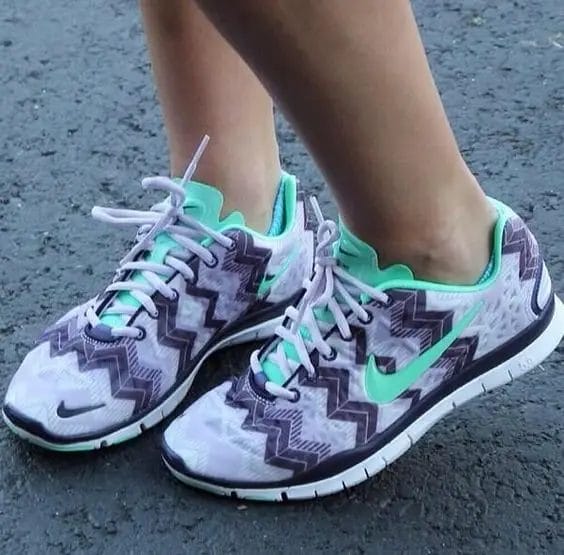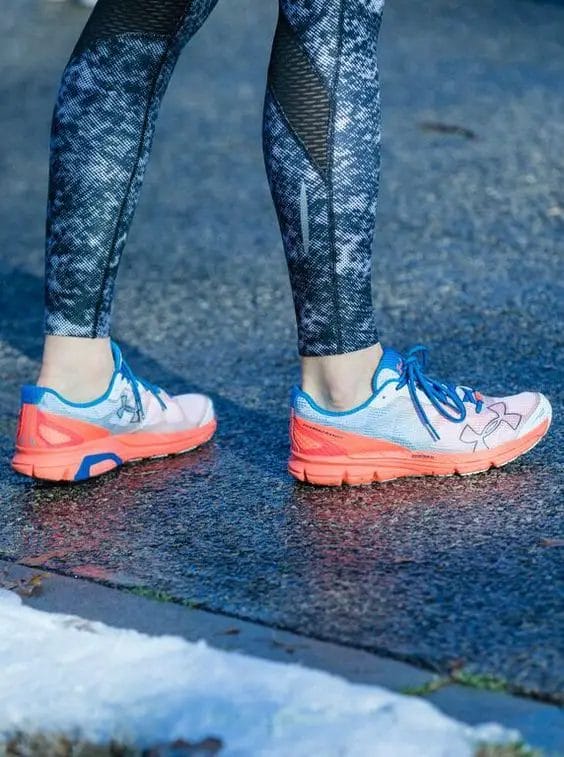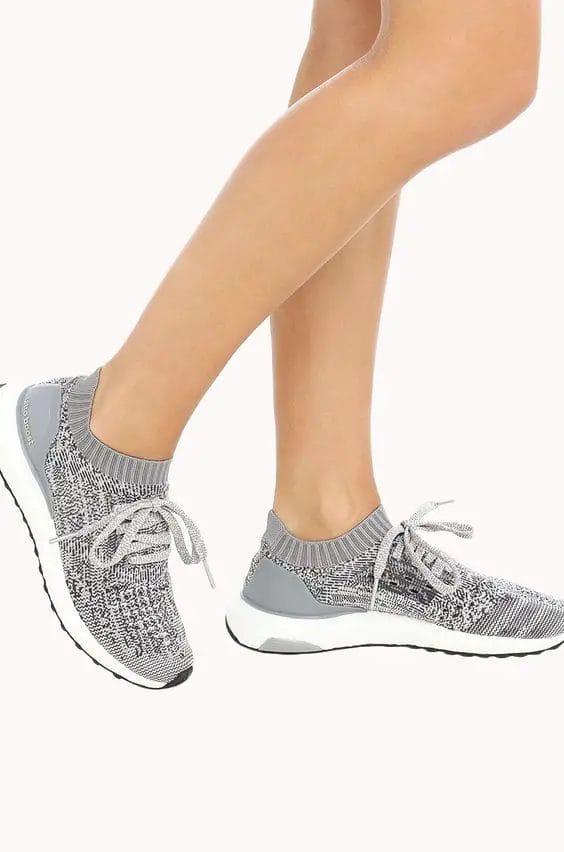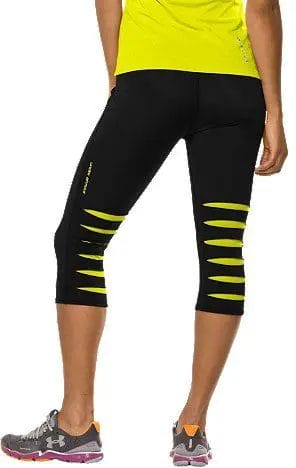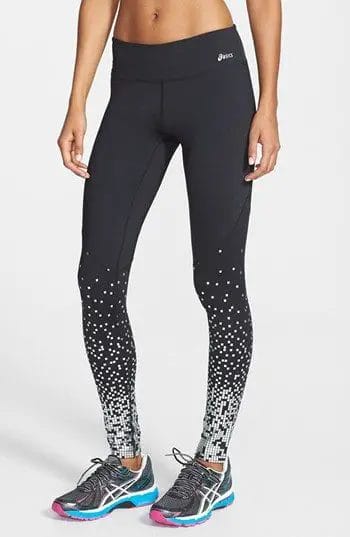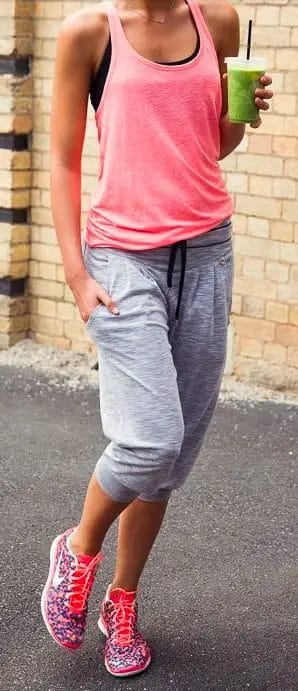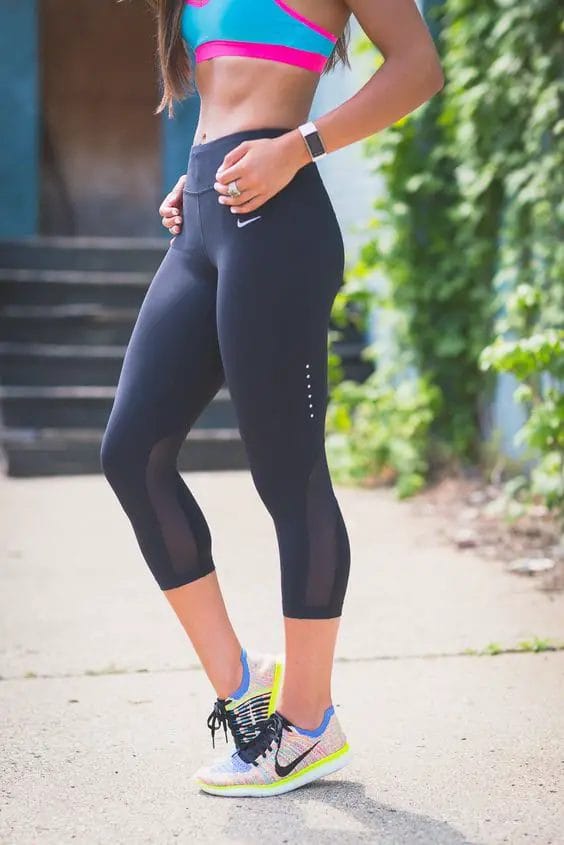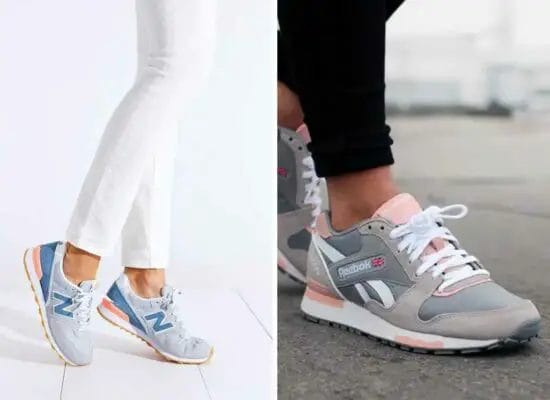Are you on the hunt for the perfect pair of running shoes? As a woman who’s passionate about fitness and fashion, I understand the importance of finding the right footwear to support your active lifestyle.
Whether you’re new to running or a seasoned pro, I’ve got you covered with a curated list of running shoe ideas that combine style, comfort, and support for women of all skill levels.
Key Features to Consider
Let’s dive into what makes a great running shoe. Here are the key factors you should keep in mind:
Comfort and Cushioning
Comfort is paramount when it comes to running shoes. As someone who’s logged countless miles, I can’t stress this enough. Running can take a toll on your feet, so look for shoes with features like gel or foam padding. These elements work wonders in absorbing shock and reducing the impact on your precious feet.
Weight and Materials
The weight of your running shoes can significantly impact your performance. Lighter shoes can help you move swiftly and efficiently, but they might not provide the same level of support as their heavier counterparts. Moreover, the materials used in your shoes matter. Opt for high-quality materials such as mesh or synthetic fabrics. They not only boost durability but also keep your feet cool and dry during your runs.
Support and Stability
When you’re out pounding the pavement, your feet and ankles take a beating. That’s why support and stability are non-negotiable. I’ve experienced firsthand the importance of these features. Look for shoes with arch support and robust soles. Good traction is crucial for preventing injuries and ensuring you stay steady on your feet.
Fit and Foot Shape
Every woman’s feet are unique, just like our fashion choices. Your shoes should fit snugly without feeling too tight. There should also be ample room for your toes to move comfortably. Remember, your feet’s happiness translates to a better running experience.
Top Running Shoe Brands for Women
Now, let’s talk brands. Here are some top-notch options that offer high-quality running shoes tailored for women:
1. Asics Running Shoes
Asics is a go-to brand known for its extensive range of women’s running shoes. Models like the Gel-Kayano and Gel-Nimbus 25 are fantastic choices for those needing extra support and cushioning. Asics incorporates Gel technology in their shoes, providing excellent shock absorption and reducing the risk of injury.
2. Brooks Running Shoes
Brooks is another trusted brand in the running world. Their Glycerin 20 model, featuring DNA LOFT technology, delivers a plush and comfortable ride. Brooks also offers shoes with GuideRails technology, a feature that prevents excess movement and keeps your feet aligned.
3. Nike Running Shoes
Nike, a household name in athletic wear, has a range of running shoes designed for women. The Air Zoom Pegasus and Pegasus 39 models are top picks for those seeking lightweight and responsive shoes. Nike’s iconic Swoosh symbolizes their commitment to quality and performance.
4. Adidas Running Shoes
Adidas is a popular brand known for its stylish and comfortable running shoes for women. Models like the Ultraboost 22 and Ultraboost Light offer a blend of comfort and support. Adidas uses Boost technology in their shoes to provide energy return and cushioning.
5. Altra Running Shoes
For those looking for a different experience, Altra is a newer brand worth exploring. Their Via Olympus model boasts a wide toe box and a zero-drop platform, promoting natural foot movement and a comfortable fit. Altra prioritizes proper form and injury prevention.
Finding the perfect running shoes can be a transformative experience for your fitness journey. Consider comfort, weight, support, and fit when making your choice. These top brands offer a variety of options to suit your needs. Happy running!

